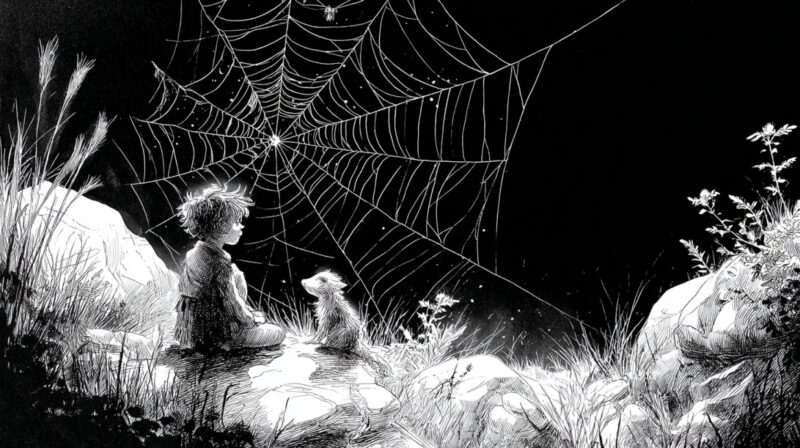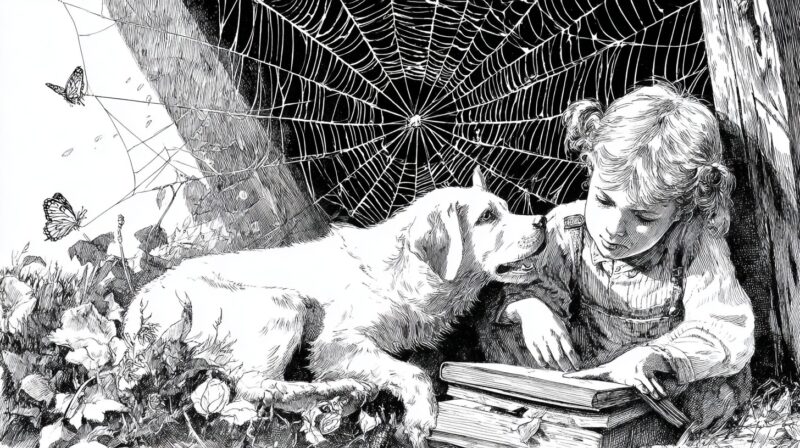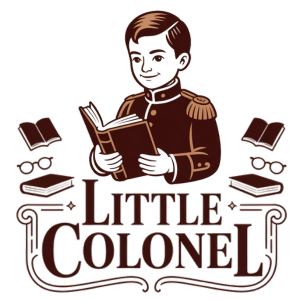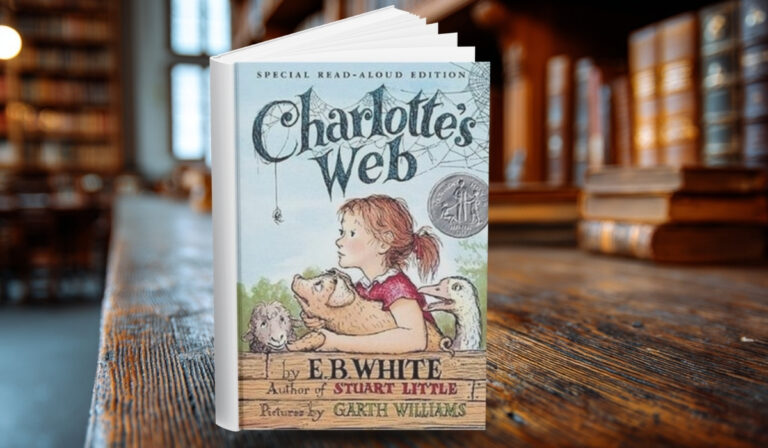A pig, a spider, and a web of words that changed a fate have touched hearts for over seven decades. E. B. White’s Charlotte’s Web transcends the boundaries of children’s fiction, offering profound reflections on compassion, mortality, and human connection.
It is a story that invites readers of all ages to pause and recognize the value of empathy and selflessness in a world driven by survival.
E. B. White’s tale endures not only because of its talking animals but because of its emotional depth and wisdom. It teaches that kindness is not an act of weakness but one of immense strength.
At its core, the narrative is a tender meditation on friendship, loss, and the quiet heroism found in love freely given.
The Power of Unlikely Friendship
Wilbur, an innocent and affectionate pig, begins his life in fear and dependence. His world changes when Charlotte, a spider of extraordinary wisdom and compassion, becomes his dearest ally. Their friendship defies natural instincts, yet it grows with purpose and tenderness.
Charlotte’s calm intelligence and steady presence guide Wilbur toward maturity and courage. Her patience, loyalty, and devotion reveal that even the smallest beings can hold immense strength of heart.
Fern’s role at the beginning captures the essence of early companionship. Her determination to save Wilbur mirrors the purity and protectiveness of childhood affection. As she grows, her focus shifts, reflecting the natural transition of emotional priorities that accompanies maturity.
Through Fern, E. B. White captures how friendships evolve over time, sometimes fading but leaving a lasting influence.
Read more: Both Charlotte’s Web and Anne of Green Gables celebrate imagination as a force of renewal – a way to find beauty, purpose, and belonging in a changing world.
- Hope
- Creativity
- Compassion

Her web teaches that language, when used with love and intention, can change lives and preserve what matters most. Readers and critics alike have celebrated Charlotte’s role as both savior and nurturer.
- Protector: Shields Wilbur from death through courage and intellect.
- Mentor: Teaches him about life, loyalty, and gratitude.
- Creator: Uses her craft to inspire faith in others.
- Friend: Offers unconditional support without expecting reward.
Eudora Welty praised her greeting “Salutations!” and her tireless nighttime labor as reflections of affection and constancy. Even analytical accounts acknowledge her maternal grace, describing her as the emotional heart of the barnyard world.
Her friendship with Wilbur reminds readers that true bonds are built not by similarity but by mutual care and sacrifice.
Coping with Loss and the Cycle of Life
View this post on Instagram
Charlotte’s death carries emotional weight yet radiates serenity. Her passing is not marked by fear but by fulfillment, a reflection of having lived with purpose. E. B. White presents mortality as part of life’s natural design, guiding readers to see death not as defeat but as completion.
Her absence leaves a profound silence in the barn, yet her influence continues through her children and the memory of her compassion. Wilbur’s sorrow becomes a path toward gratitude, teaching that remembrance is an act of love.
Fern’s changing attachments reflect another kind of loss, the gentle fading of childhood innocence. As noted by Lissa Evans, her shift in attention toward Henry Fussy feels like betrayal to readers who grew attached to her early devotion to Wilbur.
Yet this change mirrors human growth and the reorientation of emotions that come with adolescence. Life, in its constant motion, demands that one lets go of one thing to embrace another.
E. B. White captures grief not as darkness but as transformation. Readers are reminded that every ending gives rise to renewal. Charlotte’s children, carried by the wind, ensure that her essence lives on.
- Acceptance: Death is a natural stage, not a tragic interruption.
- Legacy: Charlotte’s children embody the continuation of her spirit.
- Growth: Fern’s maturing perspective illustrates emotional evolution.
- Hope: Renewal follows loss, offering balance between sorrow and peace.
The Quiet Strength of Kindness

Charlotte’s character embodies the quiet grace of altruism. She acts selflessly, expecting nothing in return for her sacrifices.
Her kindness contrasts with the greed of Templeton and the apathy of the other animals, making her actions shine even brighter. She works tirelessly for Wilbur, not for praise or recognition, but out of genuine affection.
Her kindness, expressed through action rather than words, becomes the moral compass of the story.
Wilbur evolves through her influence. Once anxious and dependent, he matures into a figure of gentleness and care. In raising Charlotte’s offspring, he repays her love through his own acts of protection and compassion. He learns that true strength lies in giving, not demanding.
Charlotte’s kindness thus creates a ripple effect that transforms others and sustains her legacy long after she is gone.
Human characters reveal similar themes through moral growth. Fern bridges childhood innocence and adult awareness, showing how empathy matures with time. Zuckerman, initially focused on profit and practicality, grows to see Wilbur as more than livestock.
Compassion changes his perception of value, reshaping his relationship with the natural world.
- Selflessness matters more than recognition.
- Empathy nurtures connection and understanding.
- Acts of kindness inspire transformation.
- True heroism is quiet, steady, and unwavering.
Literary Techniques and Narrative Grace
E. B. White’s craftsmanship gives Charlotte’s Web its lasting warmth and balance. His language feels simple yet profound, achieving emotional depth through clarity rather than embellishment.
Eudora Welty praised his “succinctness,” “magic,” and “grace and humor,” capturing how his words feel effortless yet full of meaning.
His use of talking animals never feels forced because he roots their behavior in realistic emotion and barnyard rhythm.
Humor provides lightness that offsets the story’s somber themes. Templeton’s greedy antics, the Goose’s repetitive speech, and the ordinary absurdities of farm life bring laughter without diminishing sincerity. These moments of humor remind readers that joy often coexists with sorrow.
White’s setting functions as a living world. The barn, with its inhabitants and cycles, mirrors human society and natural order.
Life, death, birth, and companionship flow together in harmony. The simplicity of this environment allows the story’s moral and emotional truths to shine clearly.
- Tone: Balanced between warmth and melancholy.
- Characterization: Each creature reflects a facet of humanity.
- Symbolism: The web represents creativity, connection, and legacy.
- Language: Elegant in simplicity, rich in emotional resonance.
Summary
Through the compassionate eyes of a spider and the maturing heart of a pig, Charlotte’s Web weaves a reflection on love, mortality, and the moral courage of kindness. Each character’s growth underscores that caring for others leaves a legacy no death can erase.
Dr. Dorian’s insight captures the essence: it is not only the words in the web that hold power but the web itself, a delicate structure symbolizing the bonds that unite all life. E. B. White’s story endures because it reminds humanity that compassion, once given, never fades.

